Dearest Mariners’ Blog Readers, I need your help with something. A short while ago, I was perusing our collection as I often do, in search of an interesting February lecture topic. Each month, I meet with the docents (at present, this is done virtually), and give a short presentation on an object in our collection. And for February, I was on the hunt for something relating to World War II and Black History – I was hoping we maybe had an object belonging to Francis Wills or Harriet Ida Pickens. Alas, I had no such luck. But what I did happen upon is actually far more intriguing and exciting.
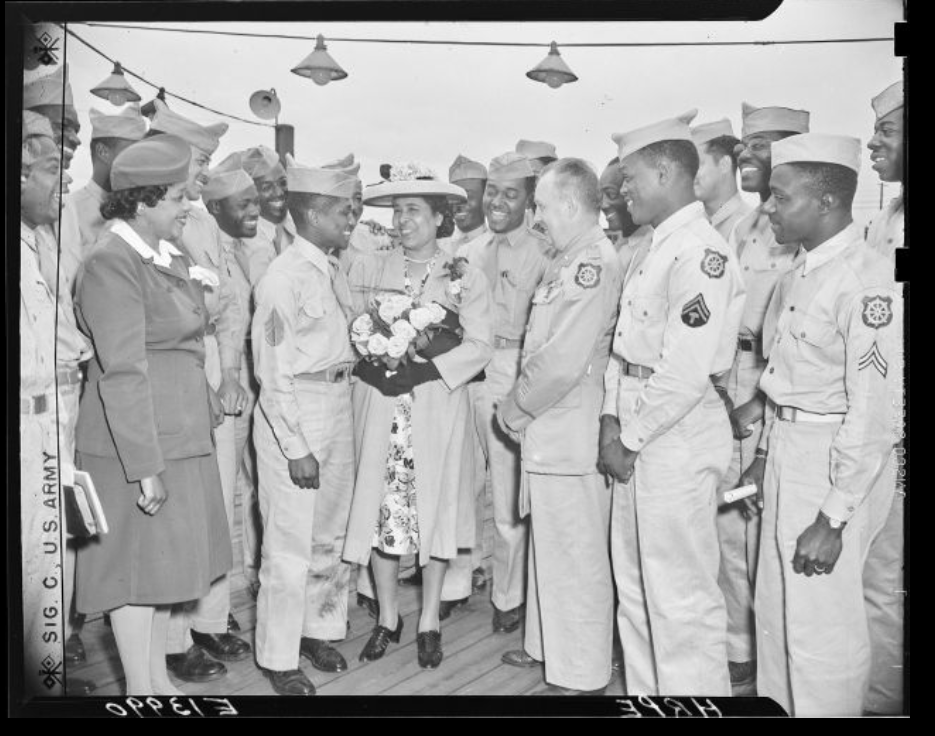
The initial object that caught my eye was the above photo that has the catalog title Anna Palmer, mother of Camp Hill. I instantly had many questions: Who was Anna Palmer? What is a Camp mother? And what is this Camp Hill? To my knowledge, Camp Hill was abandoned after World War I – could this be the same camp? Although, to be completely honest, I am far from an expert on the Hampton Roads Ports of Embarkation. As it turns out, this photo is one of over 600 in our collection that include some variation of “Camp Hill, HRPE” in the inscription on the reverse – the Army Signal Corps was diligent in their accurate labeling of photos.
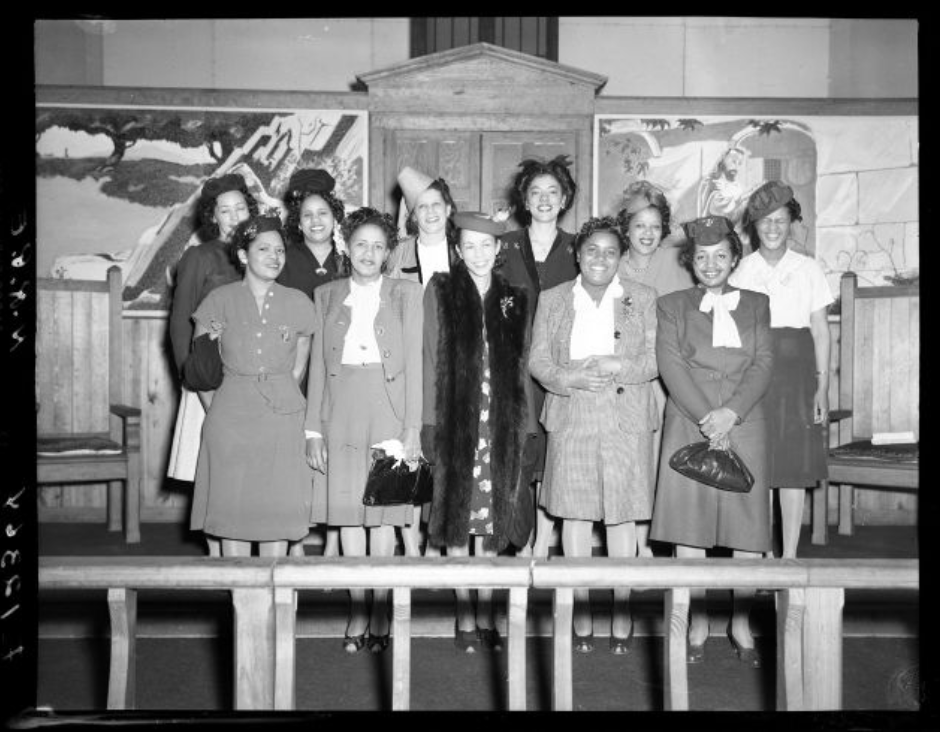
I’ll admit, I foolishly thought this would be an easy research task. It was only a little over a year ago that the exhibit Answering America’s Call: Newport News in WWI closed, and I assumed that there would be a wealth of information on Camp Hill as it operated during World War II. I was quite wrong. My initial searches in our library, online, and in the various research databases returned almost no information, and I was consistently rerouted to information on Camp Hill as it functioned in World War I.
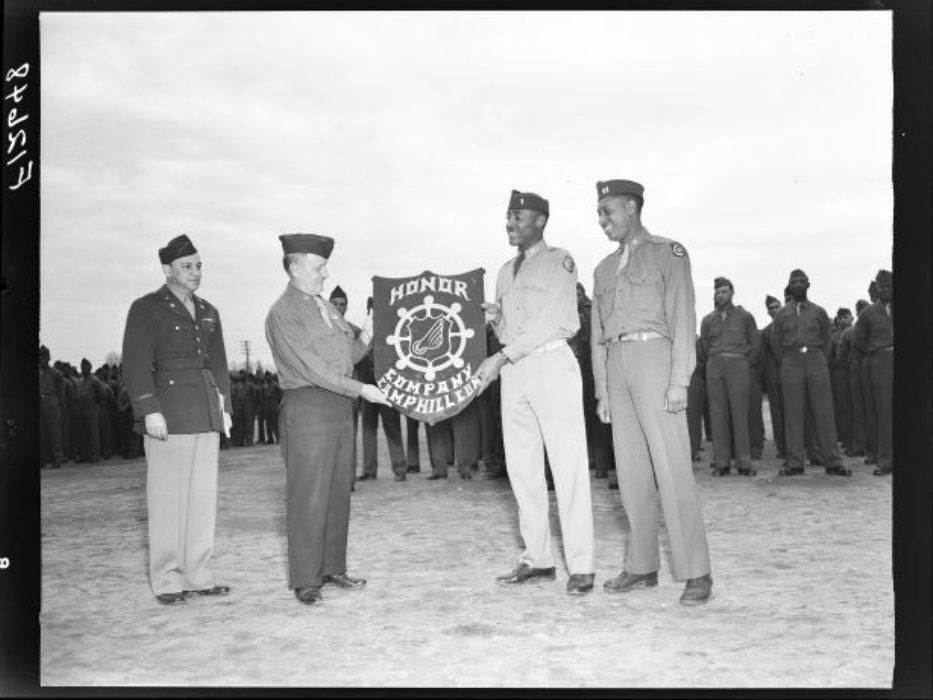
Camp Hill, as part of the Hampton Roads Ports of Embarkation during both World Wars, was named after Confederate Lt. Gen. Ambrose P. Hill. For the first world war, construction began in 1917, and after two years of service, the camp was abandoned in 1919. Just like other ports of embarkation, the camp was used for housing and training of troops awaiting overseas transfer. Camp Hill specifically was one mile long, was comprised of 200 buildings, and held warehouses for war supplies, as well as corrals that could accommodate 20,000 animals. The camp could also hold 10,000 troops.
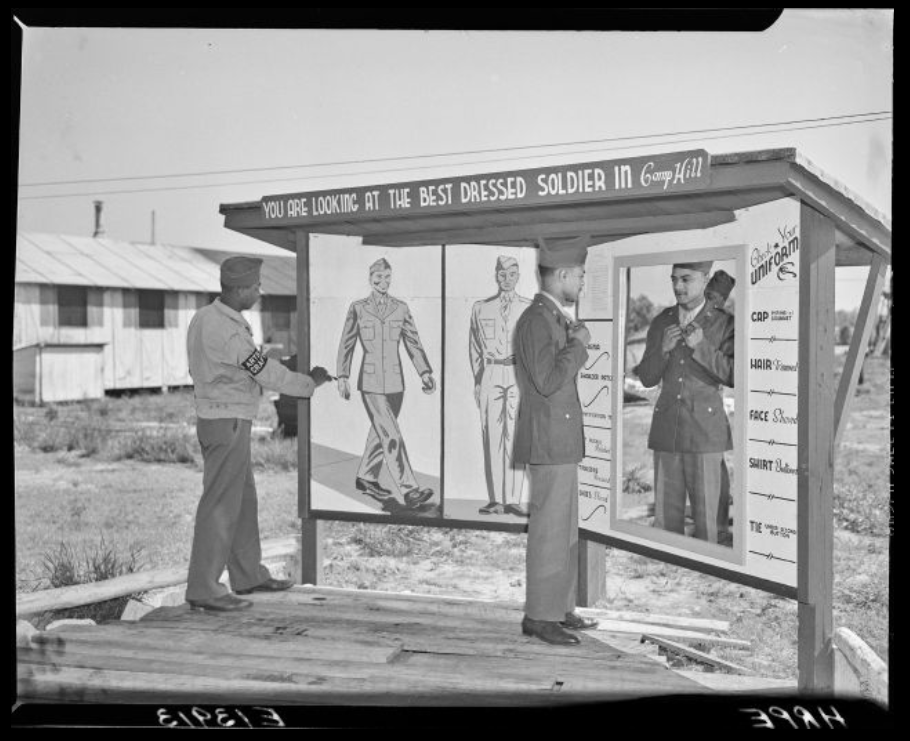
And yet, we have proof that Camp Hill was fully functional during World War II with this large set of photographs – with the very detailed labeling, we can see who was photographed, and what they are doing at the time of the photograph. But what we don’t have is context – how were the functions of this version of Camp Hill different from World War I? And why has this camp, which appears to be a “Separate but Equal” staging camp, effectively eliminated from history books and scholarship?
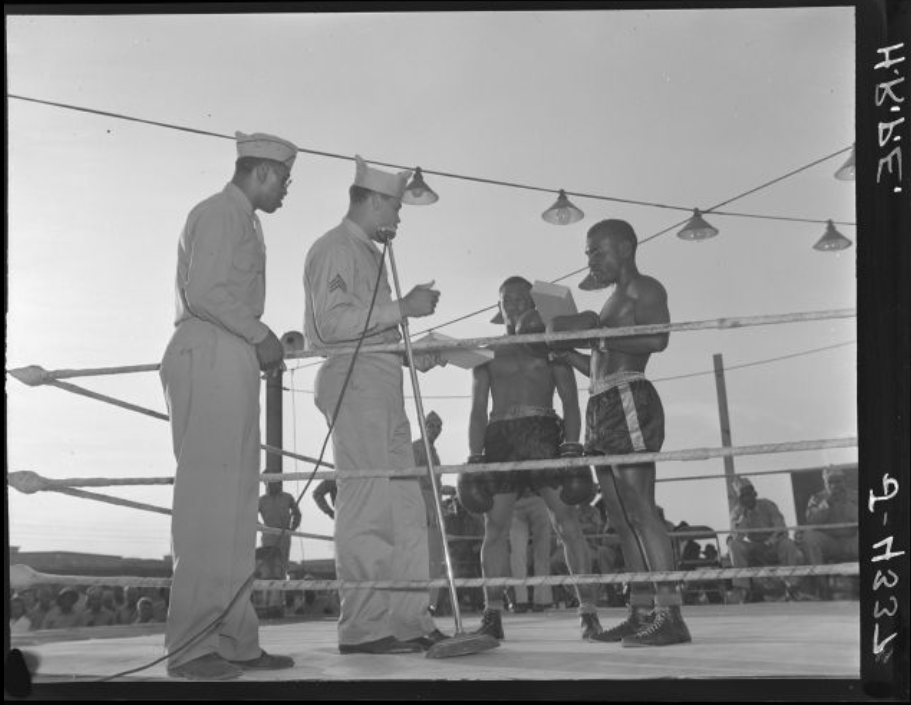
Only the tiniest bit of light has been shed with the 1946 book, The Road to Victory: a History of Hampton Roads Ports of Embarkation during World War II by W. Reginald Wheeler, a 2-volume set we are lucky to have at the Museum. In the book, Camp Patrick Henry is given the most spotlight, with other mentions of Camps in Norfolk and Newport News, and Camp Hill is given the least amount of focus. In the first volume, the Camp is only mentioned 4 times, naming the 277th Quartermaster Battalion that was assigned for warehouse and pier training and that barracks were built for military police, labor battalions, and stevedore trainees. The second volume gives information on the morale services that were available to soldiers and their families.
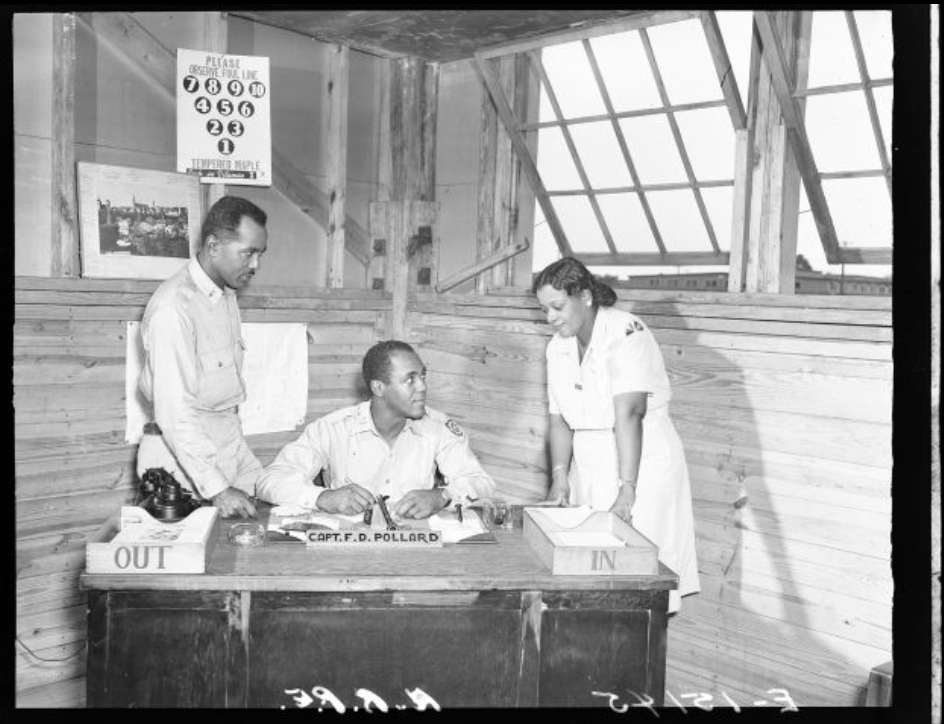
And this is where I need your help as I and our archivist continue on this project and look through army archives and newspaper records. We want to fill the gap in historical research that has left this story untold. So readers, if you are, or have a family member or friend who served in WWII and was staged at Camp Hill, please share your story with us! I encourage you to look through our photos and see if you recognize anyone – (https://catalogs.marinersmuseum.org/search?search_catalog=Archives&query=camp%20hill). Luckily, the U.S. Army Signal Corps has already done a lot of the work by providing the names of each person pictured. In my searching, I found the above photo which has Capt. F.D. Pollard – and I believe this gentleman is Frederick Douglas “Fritz” Pollard Jr. who won bronze in the 100m hurdles at the 1936 Olympics. You might just have the same luck – and we could definitely use your help!